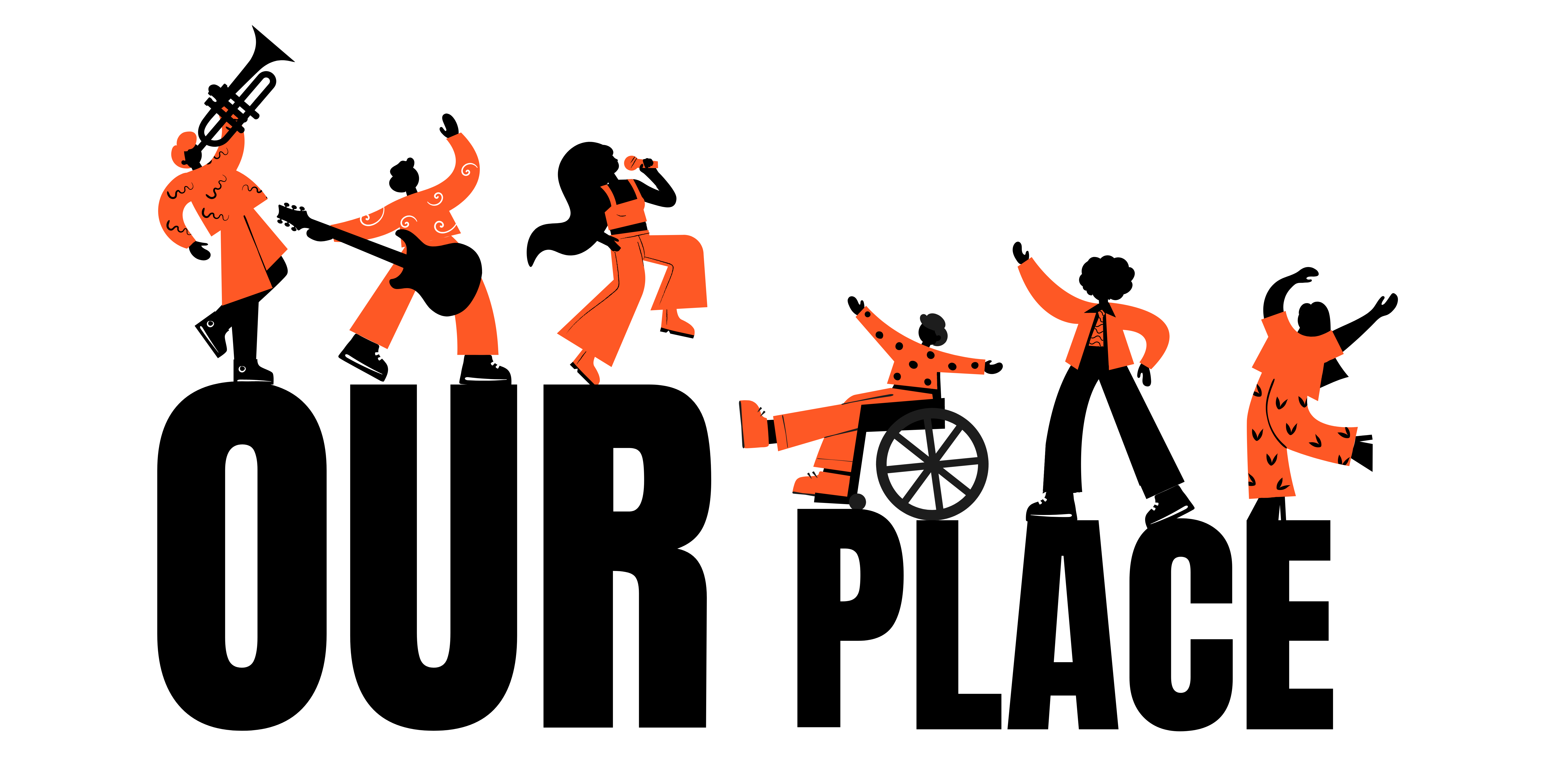Choosing the right file formats for your files
Once you have finished editing your files, you need to save them in the right format.
Open vs proprietary
Some operating systems and software use their own proprietary formats. For example, images created in Adobe PhotoShop are .PSD files. When creating the files for your digital archive, it’s best to use standard, open file formats, such as .PNG or .TIFF for images. These formats are more likely to remain accessible over time and on different devices.
Compression
Some file formats compress the data in your file. Compression is a technique that reduces the amount of data in a file to make storing and moving content easier.
There are two types of compression:
- Lossless compression (TIFF, PNG) – the file size is reduced but the data is saved and restored when the file is uncompressed.
- Lossy compression (JPEG, GIF) – the file size is reduced but the data is thrown away. This cannot be reversed and the quality will decrease every time you save it.
Because it produces smaller files, lossy compression is a good option if you are displaying images online on a website, blog or social-media site. However, lossy compression results in permanent loss of data. As such, you should try to keep at least one copy of your file in a lossless format such as TIFF: the file size may be bigger but you won’t have to compromise on quality.
Further Resources
University of Edinburgh, Choose the Best File Formats
Library of Congress, Recommended Formats Statement
UK Data Service, Recommended Formats
